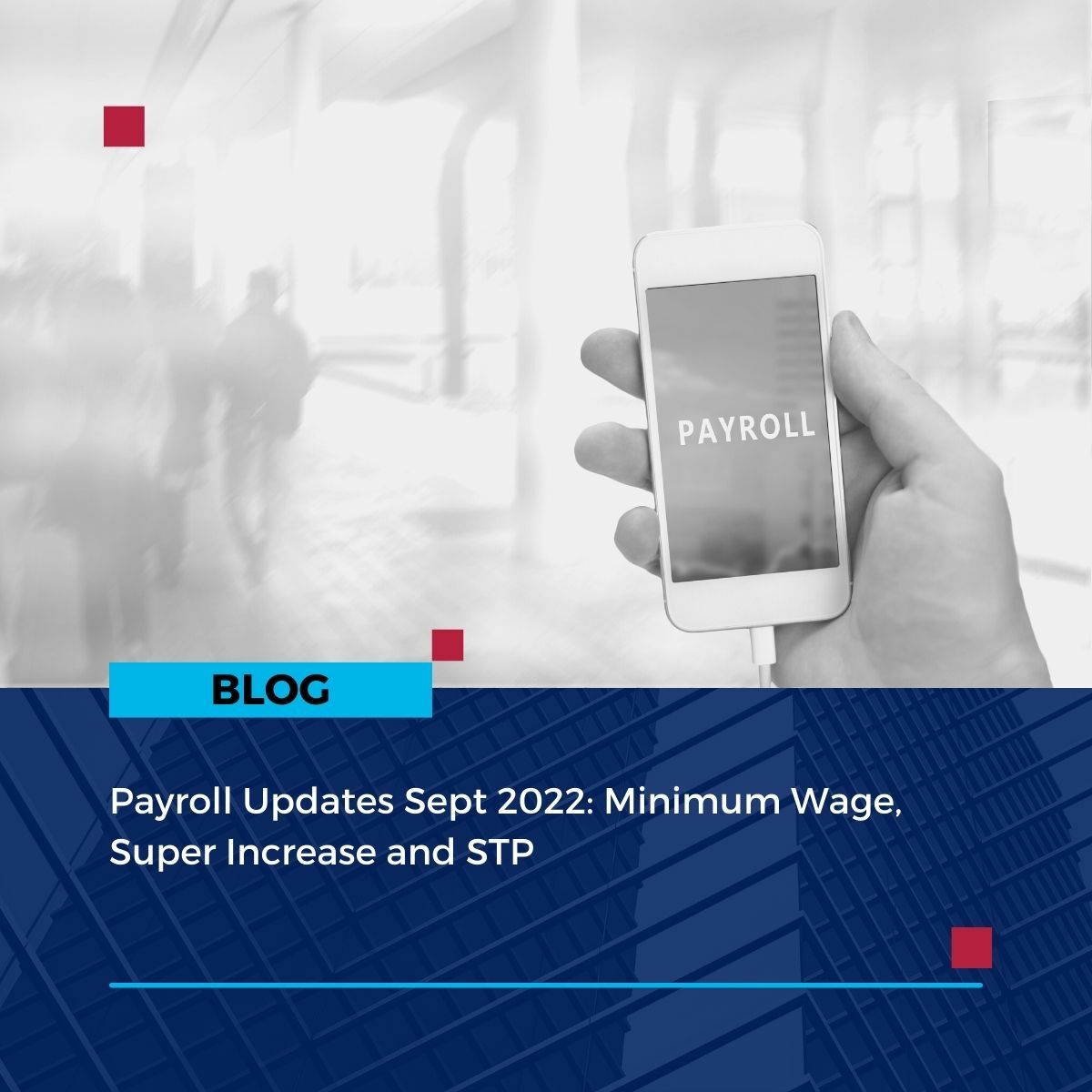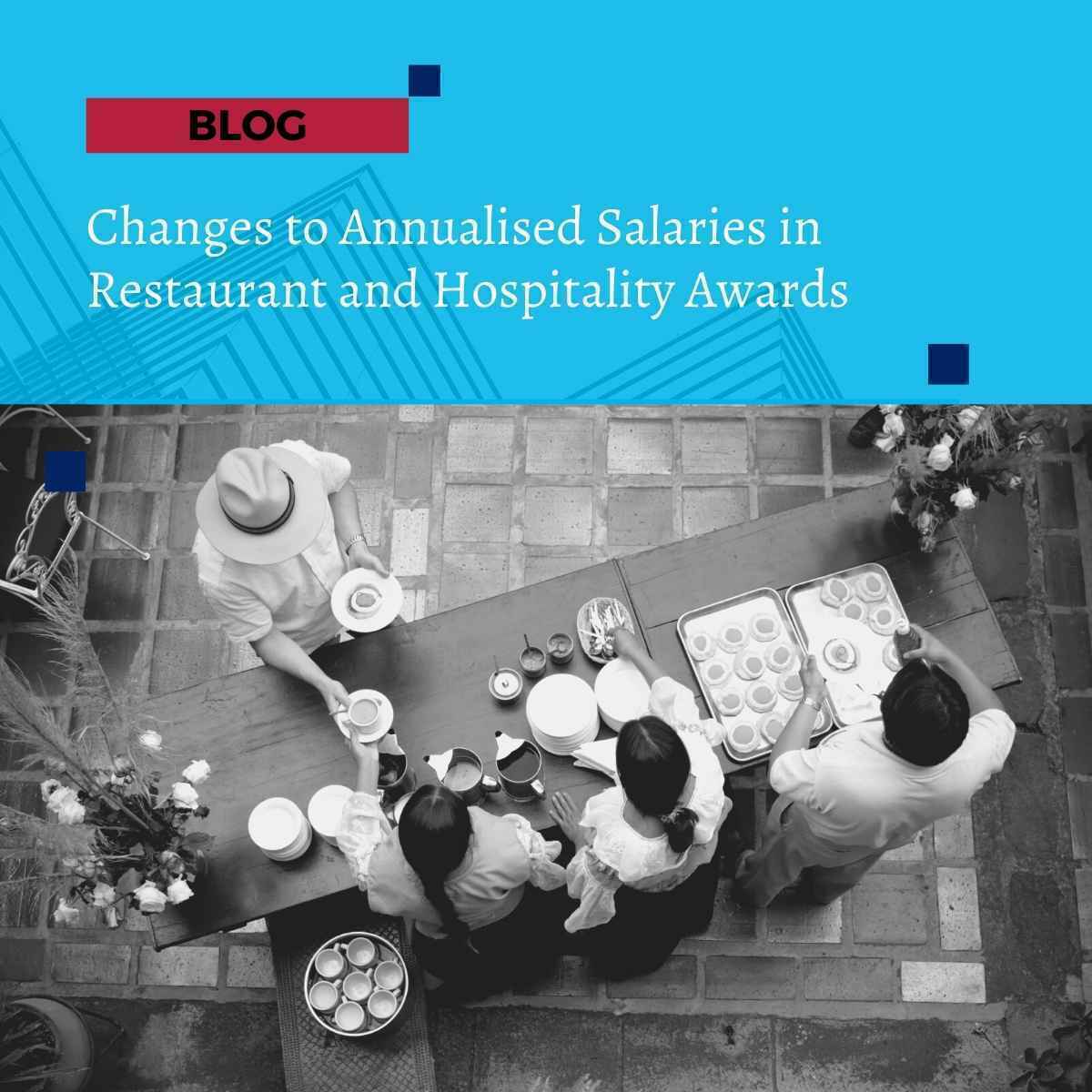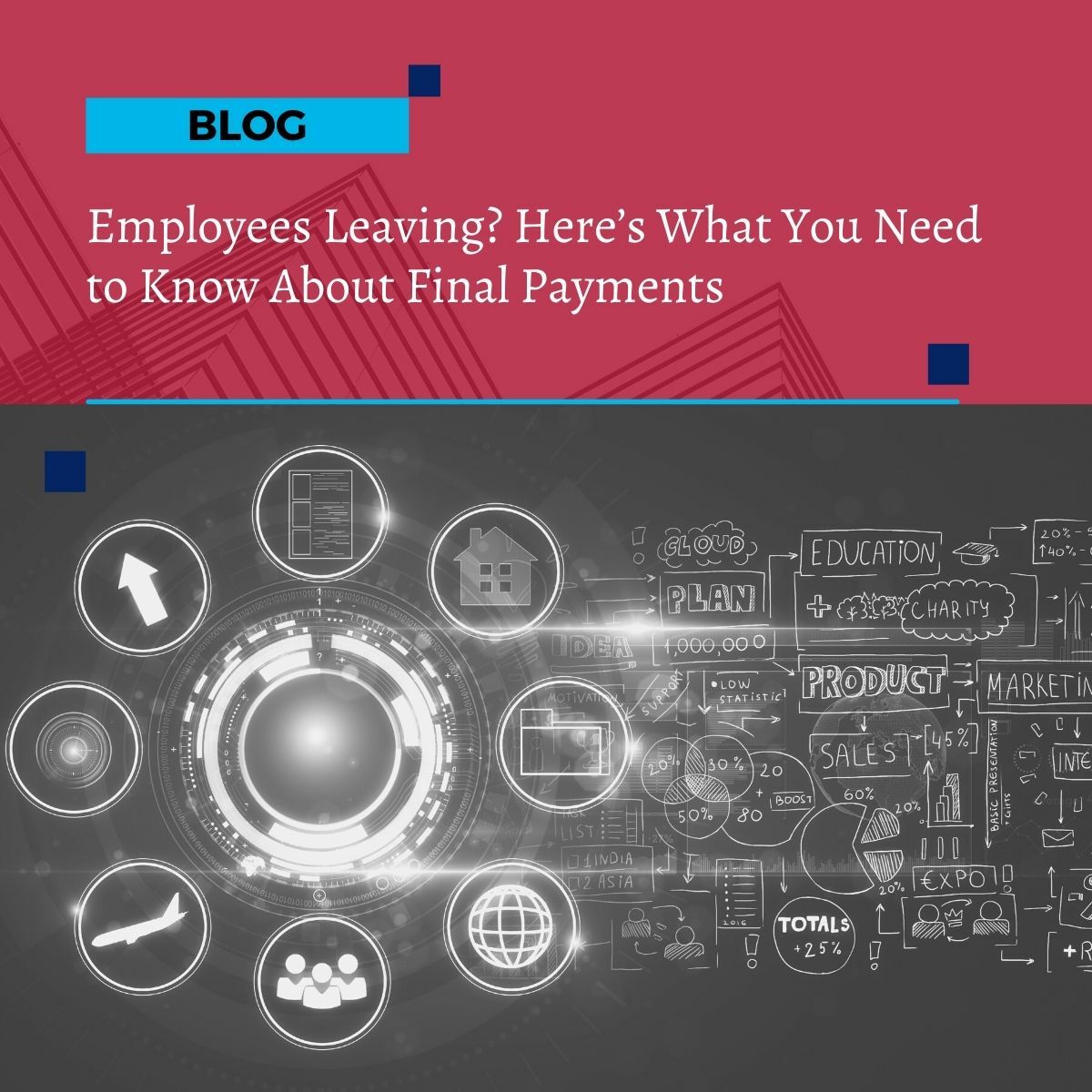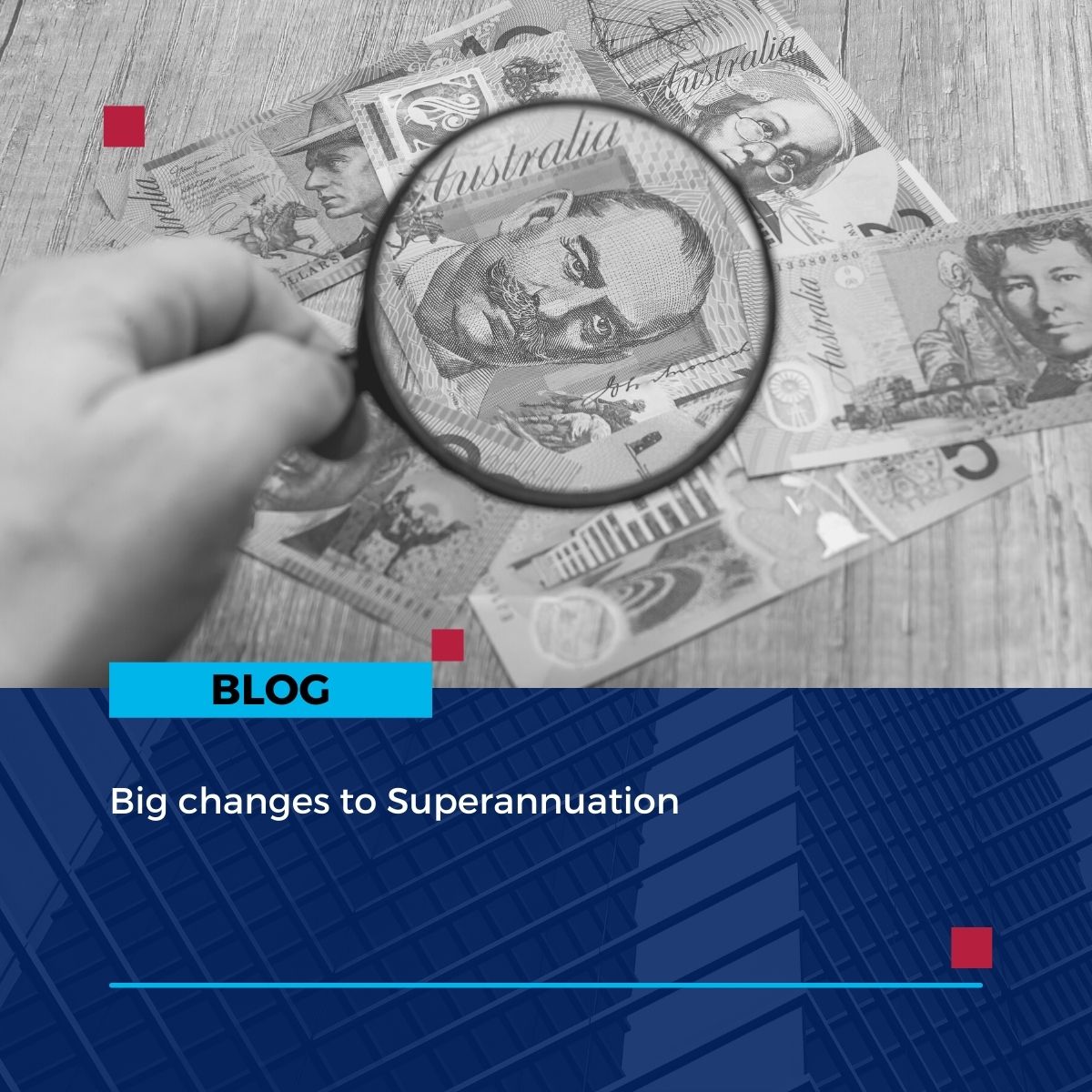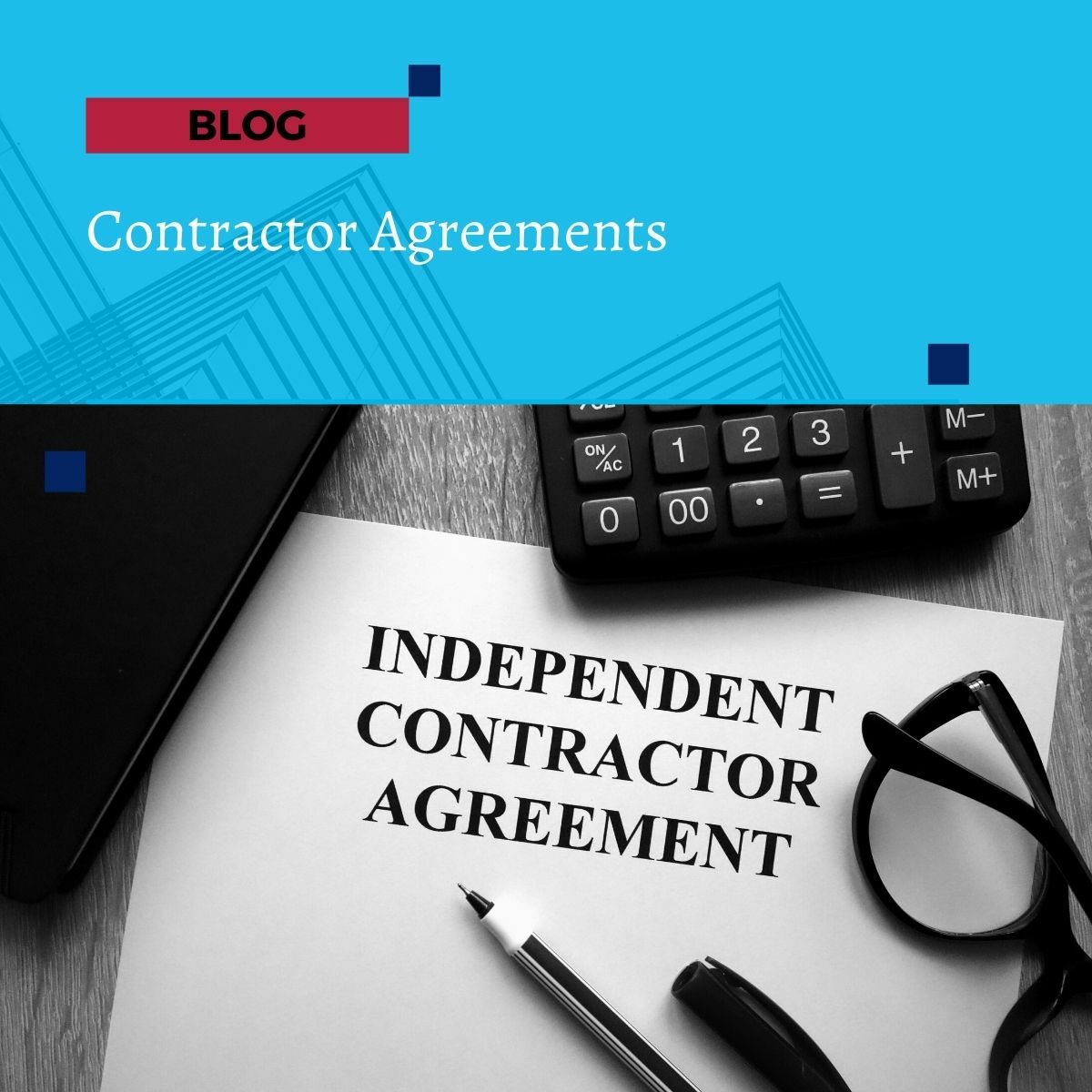
Digital Payroll for Your Business
Digital Payroll for Your Business
Many businesses traditionally rely on paper employee records which are time-consuming to maintain. So it's no surprise that many business payroll records are lacking, as business owners don't have the time to keep them correctly.
The ATO and Fair Work Ombudsman are known to target small businesses with employees, as the industry has a track record of incomplete or inaccurate payroll records.
Additionally, many business owners have trouble staying up to date with the frequent changes in Australian payroll laws and the relevant modern awards used in the industry.
Many digital payroll solutions can help with payroll compliance and accurate record keeping. There is a range from simple, low-cost solutions to sophisticated human resource management apps. Once you are connected with a digital payroll app, staying abreast of the changing rules will be much easier.
While reliable internet can be a problem in regional areas, getting a digital payroll solution that you can use on a computer or mobile phone can dramatically reduce the administration workload of maintaining payroll.
Once systems are set up, there are many benefits to using a digital system:
- Link entitlements, conditions, pay rates and categories from an award or enterprise agreement to each employee.
- Approval process for timesheets and leave.
- Flags for exceptions, such as an employee forgetting to enter an end time for a shift or not taking a lunch break.
- Set piece rates and allowances.
- Integrated Single Touch Payroll filing with the ATO. If you use paper or spreadsheet records, you must still use a separate digital system to report STP.
- Secure and private payroll records are backed up online, protected from natural disasters.
- Detailed costing for each shift or work week so you can plan ahead for the total cost of wages, taxes and super.
- The system will automatically keep the records for the required seven years.
- Employees can access payslips and request leave via their phone.
- Superannuation calculation and payments are fully integrated into the payroll system.
If it’s time to upgrade your payroll systems, talk to us.
We'll help set you up with the right digital system for your business so you can spend less time dealing with paper and spreadsheets!

